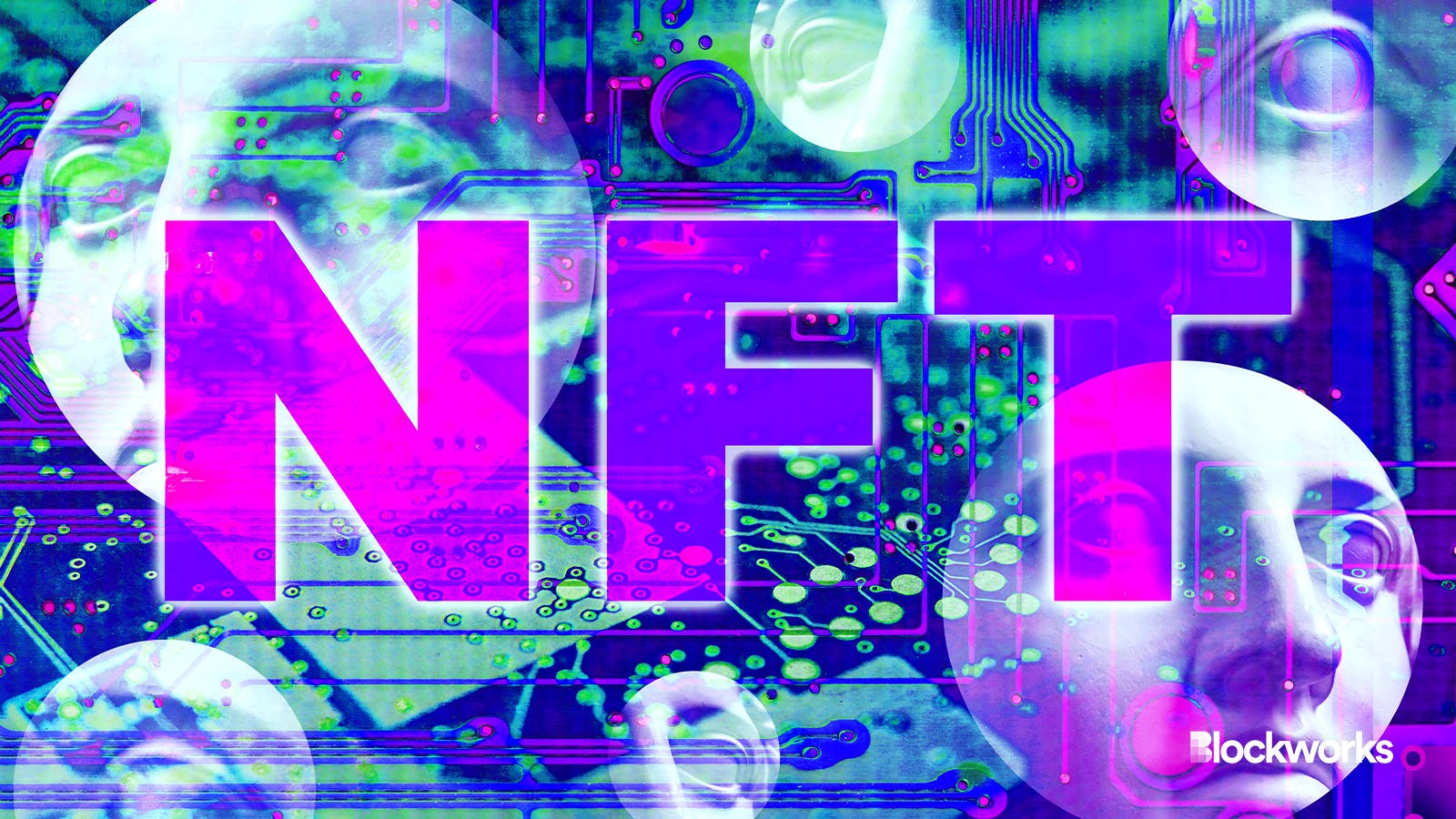Platforms for NFT tax-loss harvesting see end-of-year bump
The platforms allow collectors to offload their low-value NFTs to reduce capital gains tax liability

ded pixto/Shutterstock modified by Blockworks
The NFT market has endured a down year as digital collectibles prices broadly failed to recapture previous highs, and changed hands less often than in the past.
Though NFTs have begun to show greater signs of life in the past few weeks, weekly NFT trades have been parked between 100,000 and 150,000 since May after regularly topping 500,000 in early 2022, according to data from Dune Analytics.
Amid the downturn, a slate of platforms have begun to offer tax-loss harvesting services for NFT holders. These sites charge a small fee to purchase NFTs that have lost their value and are difficult to sell. This allows collectors to take financial losses and reduce their overall capital gains tax liability. According to on-chain data verified by Blockworks, these services have seen a swift uptick in usage in recent days.
Unsellable is one such solution. Skyler Hallgren, David Sawyer and Zach Miller launched the company in 2022 after being frustrated that some of their whiffed NFT investments were essentially illiquid because no one would buy them.
Unsellable charges roughly $2 in ether plus the price of gas to acquire a collector’s NFTs. Many of Unsellable’s users are selling NFTs from rug pulls where founders abandoned the projects, co-founder Skyler Hallgren said. Nearly all of the NFTs in Unsellable’s collection are valued at fractions of an ether.
As of Wednesday, the platform was purchasing 1,000 NFTs on average over the prior few days and was approaching 10,000 purchases in December, according to Hallgren. He added that Unsellable bought between zero and 10 NFTs most days in August.
“We recognize that most investors think about tax loss harvesting only in December, with most only getting around to it between December 29-31st,” Hallgren told Blockworks in an email. “While almost all traditional investors execute tax loss harvesting strategies, this new generation of web3 investors is just starting to learn how to be tax-savvy with their crypto and NFT investments.”
Blockworks spoke with an X user with the pseudonym MoneyPrinterGoBrrr, who recently cut some of their NFT losses with tax-loss harvesting. The user said that after minting hundreds of NFTs in 2021 and 2022, their portfolio has been profitable overall.
However, not every collection turned out to be a winner. Some of the NFTs succumbed to rug pulls, while others simply faded into obscurity. On Tuesday, they offloaded 44 of the down-bad collectibles via Harvest.art, another tax-loss harvesting platform.
“It doesn’t really take the sting out of the lost value, but it is nice to see the calculated taxes owed on your gains go down,” they said in a direct message.
Unsellable and Harvest.art aren’t the only examples of tax-loss harvesting platforms. NFT Loss Harvestooor is a free option that performs the service as well. A platform named The Junkyard rewards users for offloading their NFTs with soon-to-be-deployed Junkcoin tokens.
Sol Incinerator lets collectors burn their Solana-based NFTs in exchange for small amounts of solana. Though not marketed explicitly as such, the platform also allows for tax-loss harvesting and has seen a year-end increase in usage.
Sol Incinerator transactions are up almost 70% from last week, per DappRadar.
NFT Harvestooor is associated with crypto tax software CoinLedger. The Junkyard was audited by Hacken, and Unsellable was audited by Paladin in December 2022. Harvest.art’s code is public, but Blockworks could not locate an audit. Blockworks could also not locate a smart contract audit for Sol Incinerator. Individuals should always perform their own due diligence before connecting to any blockchain service or platform.
Get the news in your inbox. Explore Blockworks newsletters:
- The Breakdown: Decoding crypto and the markets. Daily.
- 0xResearch: Alpha in your inbox. Think like an analyst.






